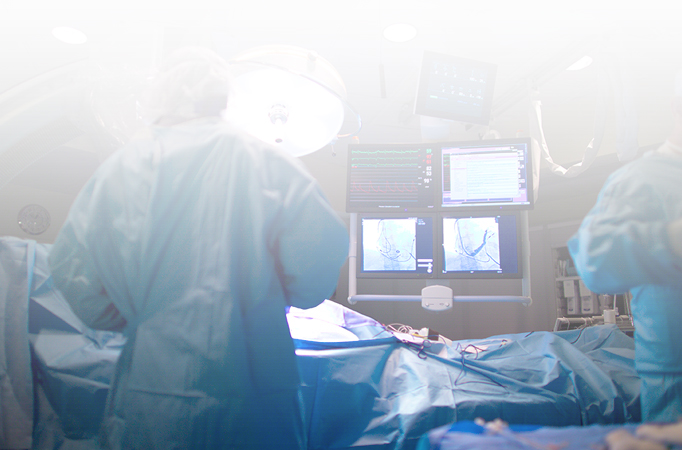Fibroids...
Fibroids
Fibroids are common benign (non-cancerous) tumors which arise from the muscle of the womb. They are made up of smooth muscle. Up to 1 in 4 women in the reproductive age have fibroids. They arise in the muscle wall of the womb (intramural), project outwards from the uterine surface (subserosal), arising in the cavity of the uterus (submucosal) and cervical fibroids (arising on the cervix). The size and number of fibroids may vary, some ranging from a few centimeters to those that are so large that fill the abdominal cavity.
Clinical features:
- The clinical presentation of fibroids is dependant on the site, size and the reproductive status of the woman
- Asymptomatic: there are no symptoms in over 50% of cases and are discovered at routine pelvic or abdominal examination
- Heavy periods (menorrhagia) occurs in up to 30% of women
- Painful periods (dysmenorrhea)
- Pelvic pain or pressure symptoms
- Subfertility
- Cancerous change in fibroids is rare. It is thought to occur in about 1 in 500 cases. When this occurs, the fibroid develops into something called a leiomyosarcoma
Investigations
- Ultrasound scan. This details the exact number and location of the fibroids
- Hysteroscopy. To look at fibroids inside the cavity of the womb
- Laparoscopy. This may be required to see if there are other causes for any pain
- Blood tests. It is also usual to check for anaemia and clotting problems in a woman with heavy periods (menorrhagia)


